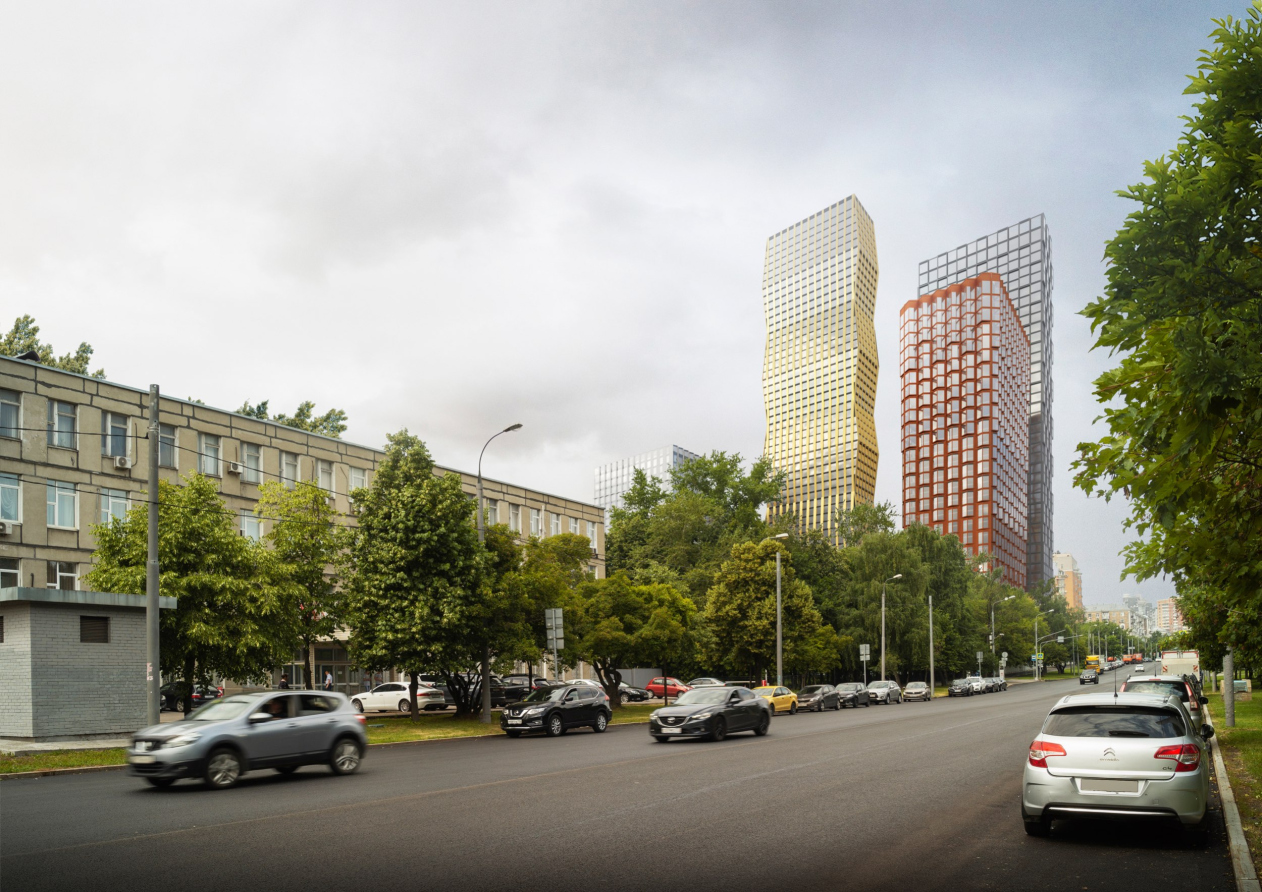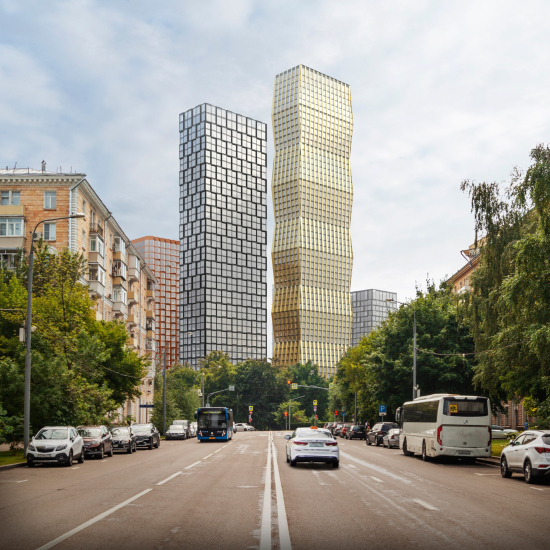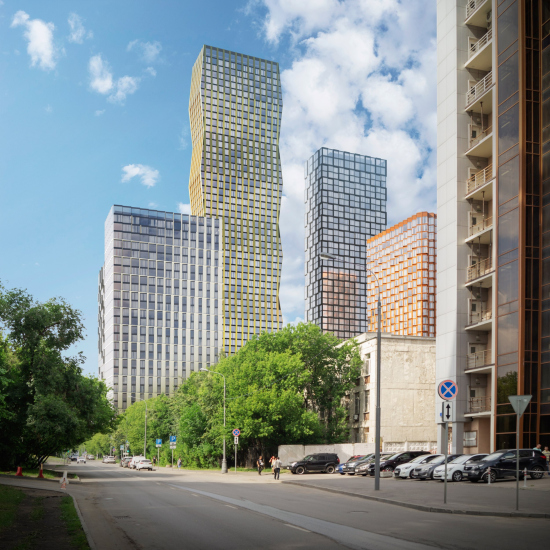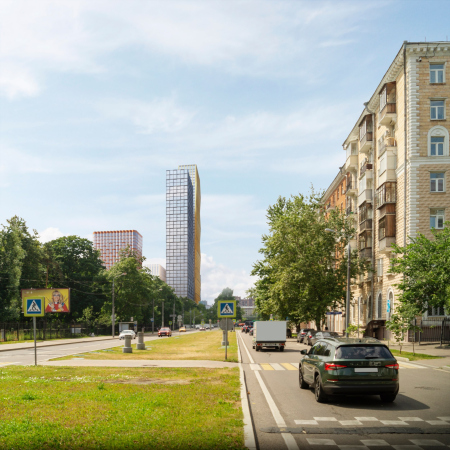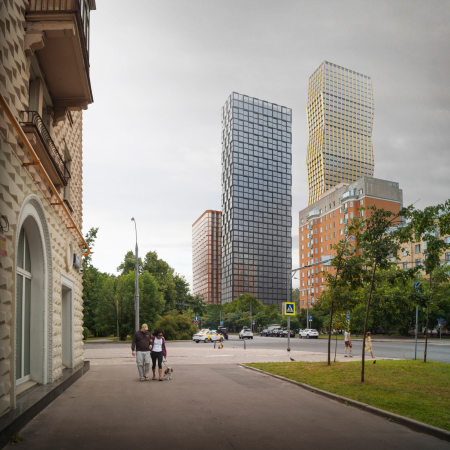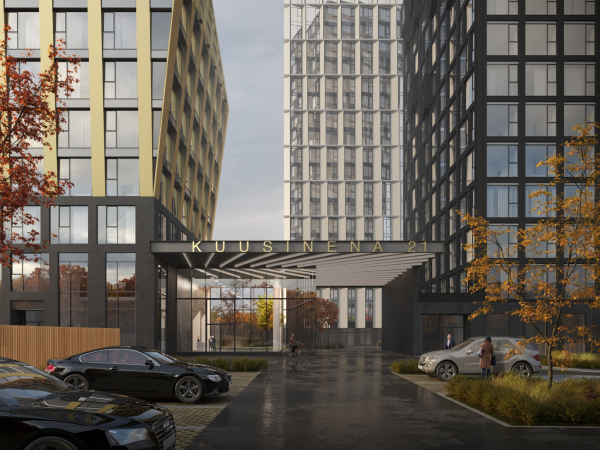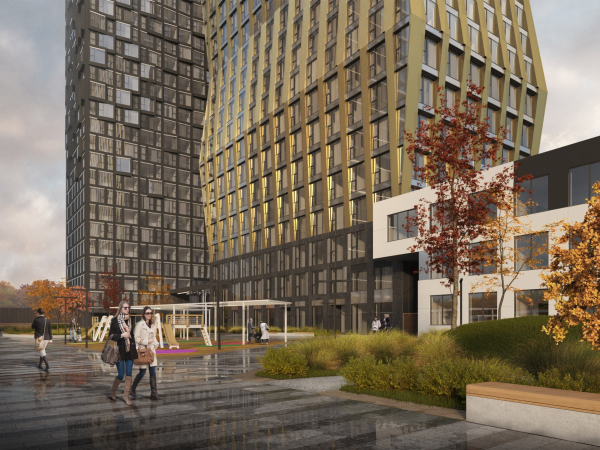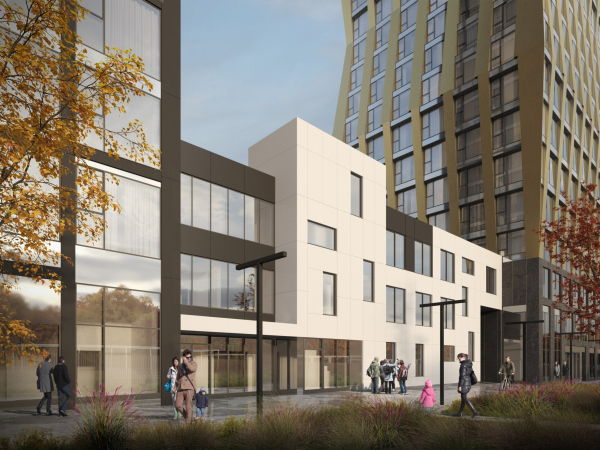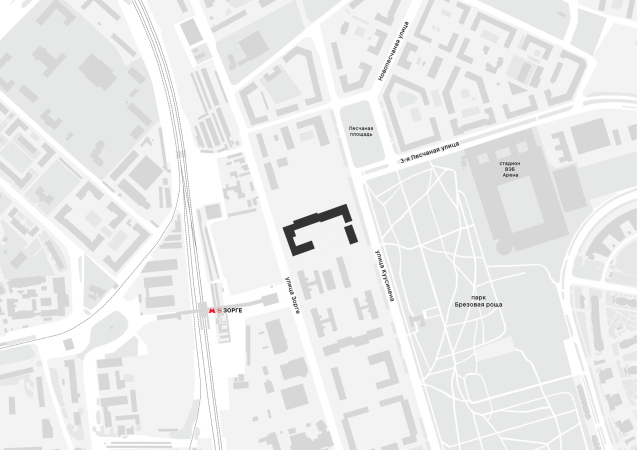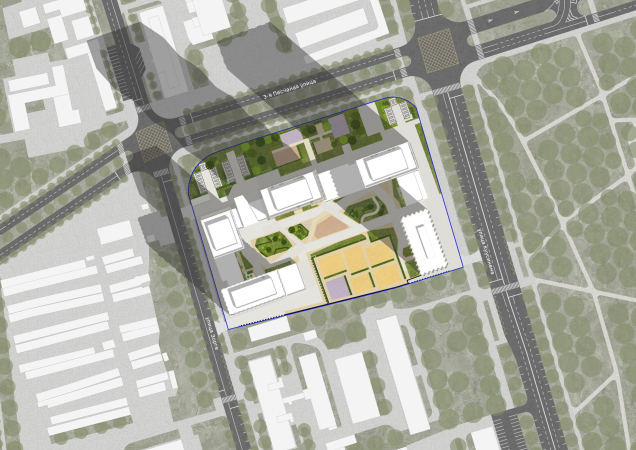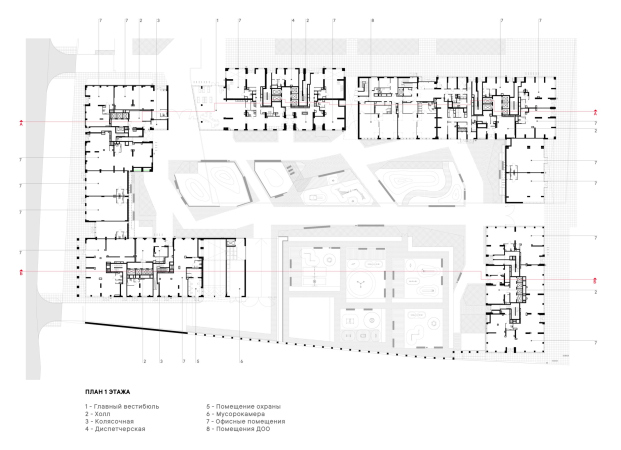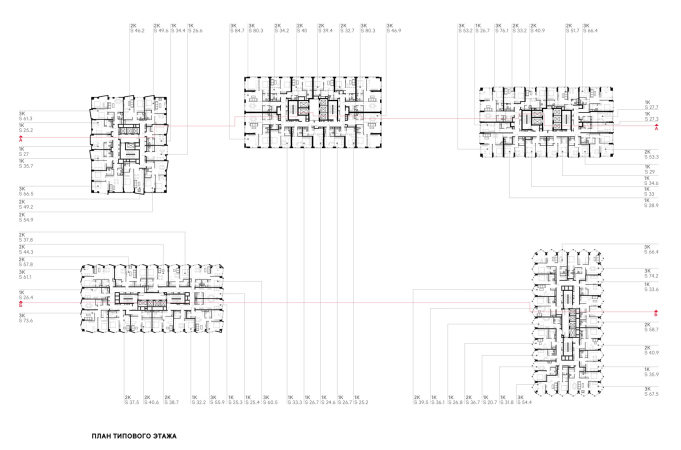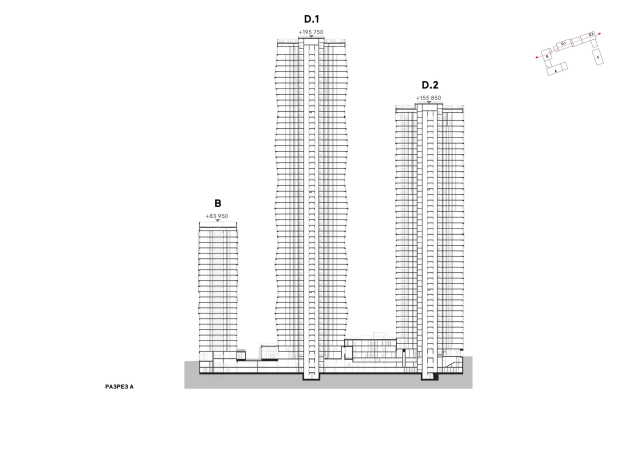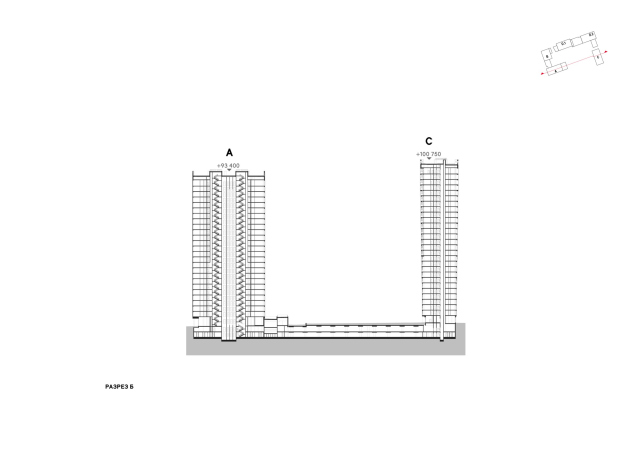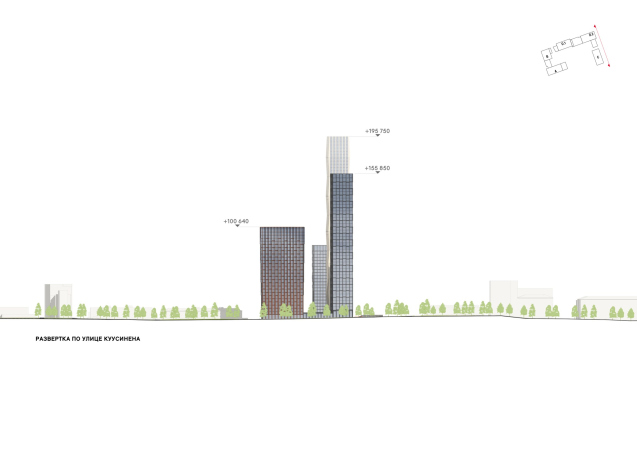Of course, this is a column – an eternal archetype, a form that is both architectural and mythological. Here, it is impossible not to quote the connoisseur of antiquity Mikhail Gasparov: “It was believed that [the Temple of Apollo at Delphi] was the very first Greek temple – the first house to be built for the god who descended from heaven to the people. Apollo’s sacred bees brought a wax model of a colonnaded edifice from nowhere; they used it to build a wooden temple, then a copper one in its place, then a stone one in its place. All other Greek temples were copies of this one”.
A skyscraper is a column propping up the sky, or an obelisk – a kind of antenna, catching signals from beyond. One of the first to trace and mark this figurative connection was the prominent Austrian architect Adolf Loos, who designed the Chicago Tribune skyscraper in the form of a giant Doric column hoisted on a pedestal. He undoubtedly understood the sacred nature of the vertical.
Thus, with certain reservations, of course, any cluster of skyscrapers can be likened to a temple – not so much a pagan temple or a Christian temple, as a temple of high technology, a monument to humanity’s own exceptional status.
Ostozhenka in its project of the multifunctional high-rise complex INDY Towers interpreted the theme of “hyper-colonnade” in a slightly playful way, in the spirit of Italian Gothic: the towers standing on Kuusinen Street, which have varying height, are sometimes elongated, sometimes squat, or slightly broken, seem to resemble the fanciful twin columns that decorate the upper gallery of the southern facade of Ferrara Cathedral – twisted, zigzagging, and covered with reliefs. INDY Towers is a riot of colors and a triumph of diversity; an architectural quintet (there are five towers) in which everything is different, yet everything is harmonious.
The chief architect of the project, Maria Dekhtyar, quite aptly called INDY Towers “an ensemble of individualities” – it is both eclectic and very integral work, like Moscow itself, for that matter.
Maria Dekhtyar, Ostozhenka
The first versions of façade solutions were rather restrained and rational. Then it became obvious to us that such architecture would not be able to “hold” the space around it. And the client had initially expressed the wish that we should come up with something eccentric. This is how we came up with the image of a golden-colored crenellated tower, partly inspired by Constantin Brâncuşi’s sculpture “The Infinite Column”. The other towers, each with its own unique character, were already conceived with an eye on the central dominant. There are several themes involved in the project, so everyone can have their own associations. The peculiarity of the project lies in this multi-thematic nature. The story is intrinsically eclectic.
The complex is still under construction, and life has already taught us that even the most photorealistic 3D renders do not always turn out to be true, so we cannot know for sure what the result will be, how the project will interact with the city, and how it will be perceived through the eyes of a pedestrian or a motorist. But a hypertrophied fragment of this Gothic colonnade in the context of a megalopolis is fun to watch in any case.
Ilya Lezhava, one of the leaders of the NER Group, had a “theory of relevance”. According to this theory, only architecture that is “swallowed” (i.e. accepted) by the city, becomes eternal. In other words, it is not up to the individual to decide what will remain standing and what will be demolished or consigned to self-destruction, but only to the city as a meta-subject. There is a feeling that INDY Towers is the very case of such “appropriate”architecture. Simply because here, as in the “candy box” on Red Square, which is how the 19th century French traveler Marquis de Custine ironically dubbed St. Basil’s Cathedral in one of his letters, there is a lot of Moscow, which has been striking people’s imagination for centuries with its combination of garishness and true nobility.
